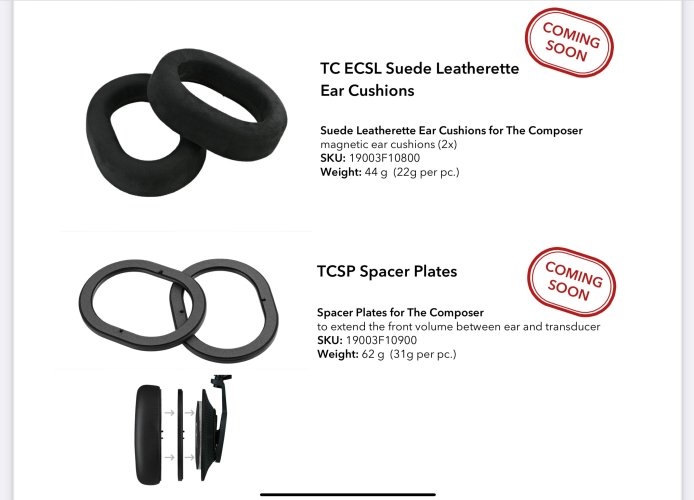Thank you! I was wondering and frankly was not sure if I could hear any difference between ordinary impulse power supply and Hypsos. While I am fully aware of confirmation bias, I was really surprised how much the sound has improved. Exactly in line with your observations. Deeper slam and better bass but also amazing projection of the holographic sound stage. On my reference tracks the placement and separation of the instruments has improved, the sound stage became even wider and deeper. Attack and decay have also improved. Amazing!
No worries mate. For my confirmation bias, I actually expected no difference with the addition of dual hypsos to wandla x Oor. This was to not get my hopes up when I was already quite happy with the sound of the dac/amp combo with the DCA E3. Sometimes getting ‘more’ can make things worse. I find personal listening preference is not necessarily ‘better’ in one aspect of sound characteristics (e.g. poorly recorded tracks may benefit from less detail). Actually, I would like to challenge anyone who is up for it to find an audio gear combo that can withstand the track “Sheena Ringo’s Tsumi To Batsu Crime and Punishment” (e.g. Qobuz 44.1 khz), because of the harsh highs in the opening, that’s an audiophile’s hell that has not found a way to be tamed. I laugh every time when I fail, love her music style though!
The hypsos purchase was also driven by convenience of having one plug to the power panel. Why this quirk? Cause when there are thunderstorms, there’s less unplugging for the wicked. [More about this below for those who want to read a side story, it’s a stunning experience really**]. Conclusively, the hypsos did make the Ferrum stack better, cudos to the designers knowing their craft, the difference was immediately obvious and never looked back. A three-stack symmetry looks pretty cool too.
**Now the side story…the irony and lesson about thunderstorms I learnt is that it’s so much less likely to kill your gear in terms of probability than carefully moving your hypsos (a couple of cms/1 inch horizontally). I learnt this the hard way when I didn’t realise the standard plug in the back of the hypsos is not technically a snug fit and can loosen slightly upon small movements. The hypsos did an epic short ‘whoop’ sound and turned itself off. It wouldn’t turn itself back on. I must admit it made me sweat for moment, only had it for a couple of weeks then. It did not turn back when trying other plugs. Checked the manual, learnt about its spare fuse integrated into the plug. Replaced, working,
lucky. So folks, switch it off and unplug before
any movement of the Ferrum gear if your plug has even some wiggle room. Hope this story helps a few who tends to have an ‘amateur moment’ once in a while.

























